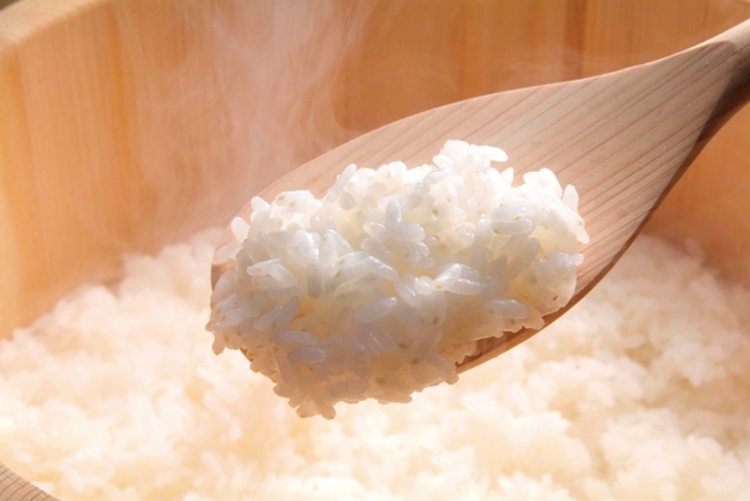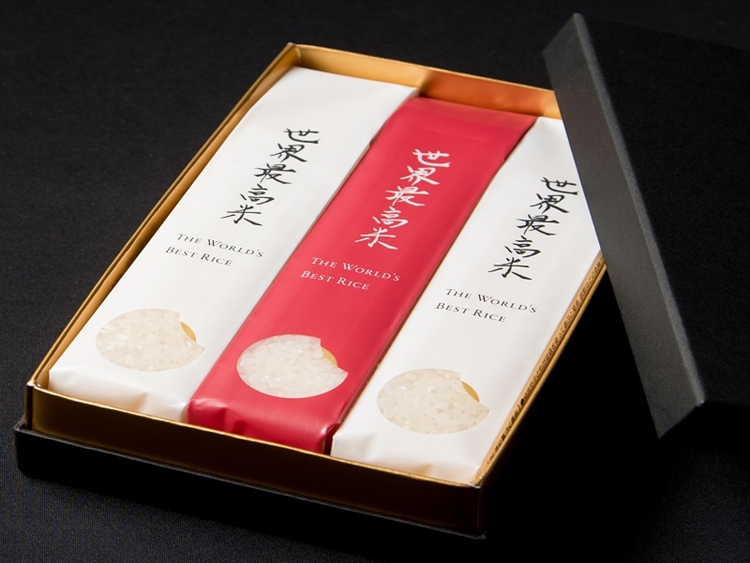Introducing the World’s Most Expensive Rice Known as Kinmemai Premium
KINMEMAI PREMIUM – The rice produced by Toyo Rice Corporation in Japan is recognized as the most delicious and expensive rice globally, priced at approximately PHP 6,103.56 (US$109) per kilogram.
It holds the Guinness World Record for being the “world’s most expensive rice.” This rice is developed by combining five award-winning varieties from Japan and undergoing a meticulous six-month process using Toyo’s proprietary rice-buffing technology.
This premium rice is noted for its superior nutritional values, boasting LipoPolySaccharides (LPS) that are six times higher than conventional white rice. LPS is a natural immune system booster that promotes better health and disease prevention. Additionally, Kinmemai Premium rice is 1.8 times richer in fiber and seven times higher in Vitamin B1 compared to regular rice. Its grains, which resemble small diamonds, result from a patented polishing process that removes only the inedible wax layer, allowing it to be cooked without washing.

Upon cooking, Kinmemai Premium rice emits a unique aroma, offering a sweet, nutty flavor that enhances various Japanese dishes like ochazuke and Tamago kake gohan. The cultivation of this rice involves a careful selection process, with specialists handpicking the grains. Farmers receive significantly higher payments, with each kilogram costing eight times more than regular rice before being processed.
Despite its exquisite taste and nutritional benefits, Kinmemai Premium rice is unsuitable for sushi due to its low starch content, which prevents the grains from sticking together.

The question of whether the high price is justified has sparked discussion among consumers. A Reddit user, @HumanNutrStudent, recently inquired if purchasing Kinmemai Premium rice is worth it. While many replies suggested that all rice tastes similar, some shared positive experiences, indicating that while it may be expensive, its flavor makes it worth trying. The debate continues as food enthusiasts weigh the cost against the rice’s unique qualities.
